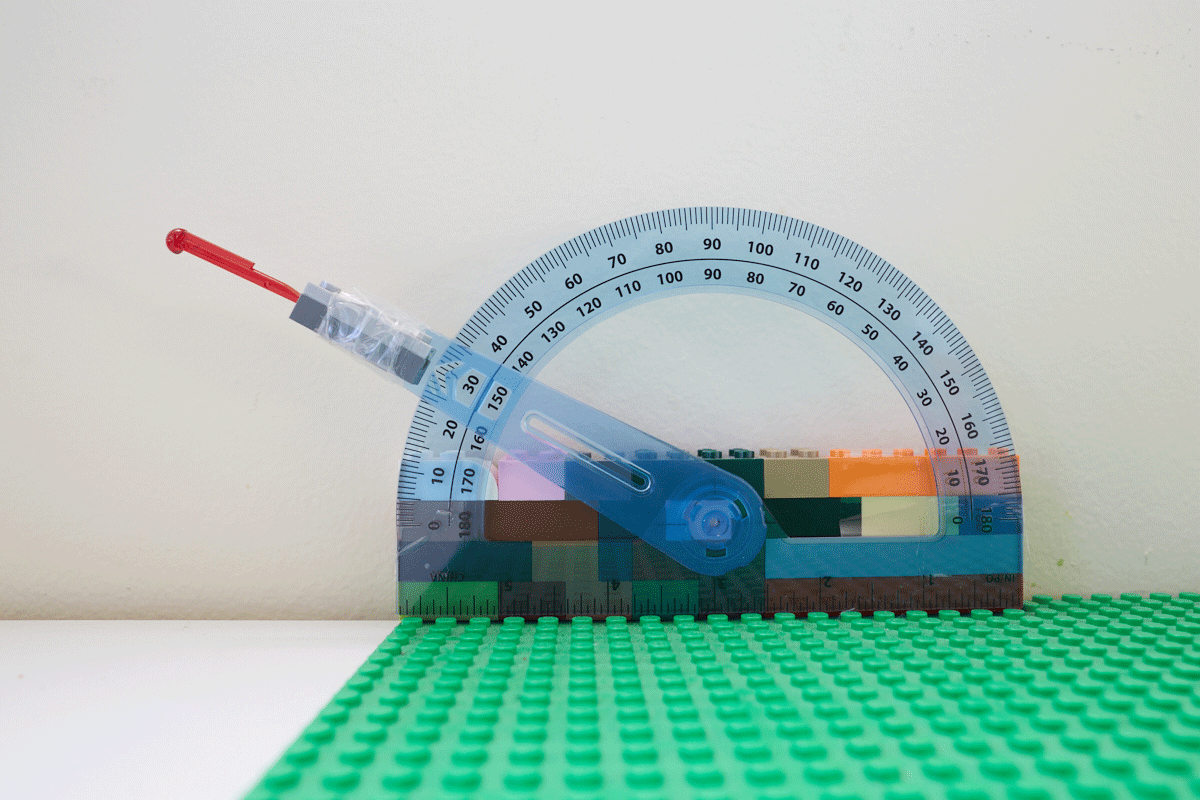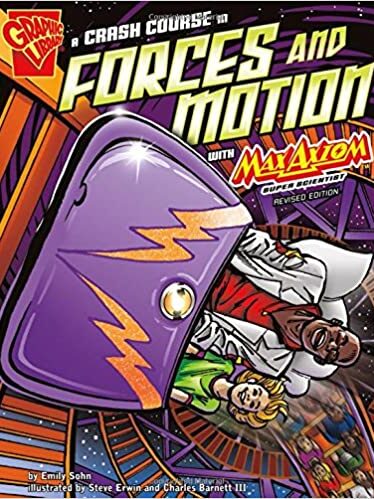Projectiles. They seem to fly across the room at random around here. A pair of rolled up socks hurled down the hall in a surprise attack. Miniature rubber chickens flicked back in retaliation. Felt pom poms thrown in succession — Whoosh! Whoosh! Whoosh! — at anyone sitting quietly at the computer. You never know when the projectile will strike.
When the nerf guns arrived as a birthday gift for my son, though, I knew I was in trouble. He always wanted to play with them, but I wasn’t always up for the chaos they would create in our small apartment. So in an attempt to harness his love of nerf, while keeping the chaos in check, I decided to suggest doing a projectile motion lab. All I had to do was mention the nerf guns, and he was on board.
Frequently, for a long-term activity like this, I let my son guide his own research. But since this topic covers a wide range of math and physics concepts, I decided to structure the background learning myself.
The Goal
Design a lab to determine the optimal angle for launching a projectile the farthest distance.
Background Concepts
The only prerequisites for getting started with this lab are:
- A basic understanding of numbers and how to measure things, and
- Experience throwing things!
While learning about projectile motion, kids will learn the mathematics of angles, some basic physics concepts like velocity, and Newton’s Laws of Motion. At the bottom of this page, I have links to videos explaining these concepts, a booklet with practice sheets, a list of fun books to read on these topics, and a copy of our lab sheet.
Lab Design and Set Up
I left the lab design open-ended, so this is where the tinkering came in. The challenge was to design a projectile launcher that would work at specific angles, consistently, and measurably. My son needed to figure out how to measure the time the projectile was in air, as well as the distance it travelled.

He tried two different designs at the park, using NERF guns, before deciding to switch to LEGOs at home.
It was too hard to rig up a holder for the nerf guns, and too difficult to get consistent results with the wind. But it was impressive just how far those nerf darts flew, and it was fun trying them out.
In the end, he designed a launcher using LEGO missiles at home. He attached the missile launcher to a protractor arm. It wasn’t quite at ground-level for the launch, but it was pretty close. And it yielded consistent launches.
This lab was so much fun to do. Between playing around with different launcher designs, using the iPad to keep time, employing a giant tape measure, and pouncing on the projectiles so they didn’t slide across the floor upon landing, this was really hands on and engaging.
Resources
Video Tutorials on Angles
Downloads

Projectile Motion Packet
This download contains background information and practice problems about projectile motion, angles, speed and velocity.

Lab Report Worksheets
The goal of this lab was to have fun experimenting with physics. So for this writeup, my son dictated his answers to me, and I did the physical writing. Based on his age and interest, had I insisted on him writing, it would have taken the fun out of this lab.
Reading
While we were working on this lab, we read some biographies about Galileo, who made initial discoveries about projectile motion, and Newton, who finalized the laws of motion mathematically. We also read a book in the Max Axiom series, which my son loved because of its comic book format.









